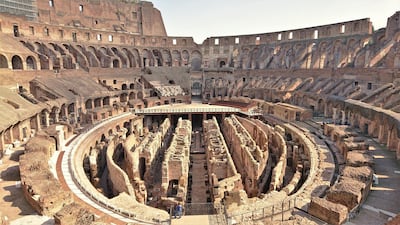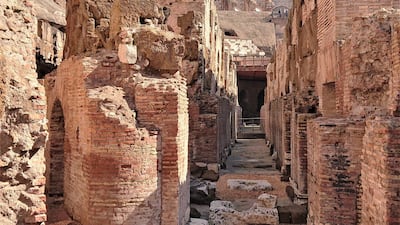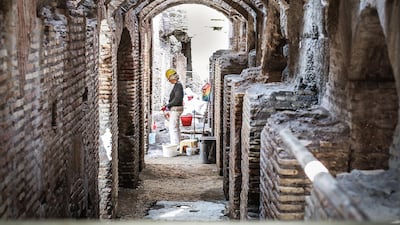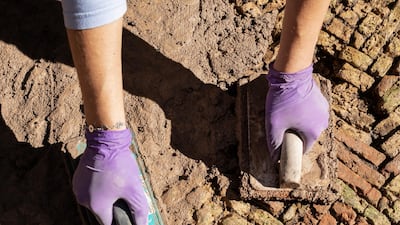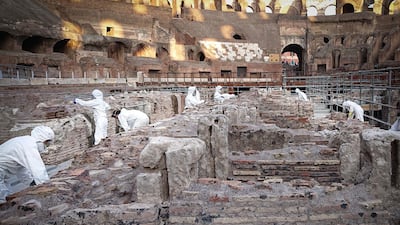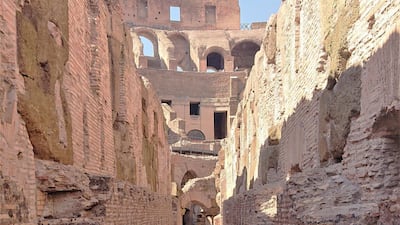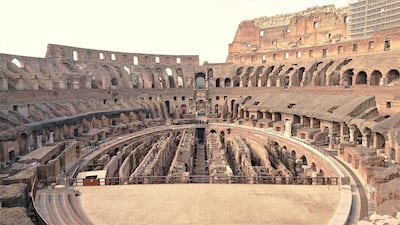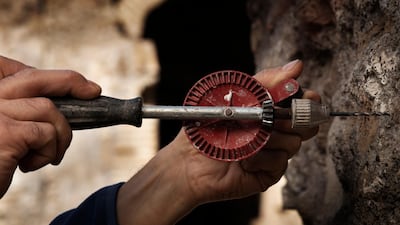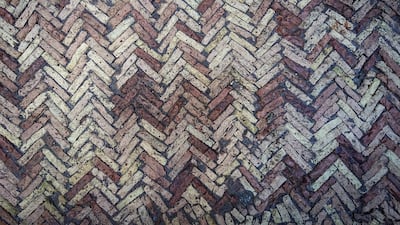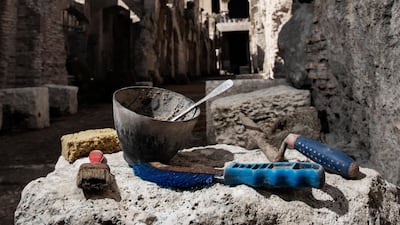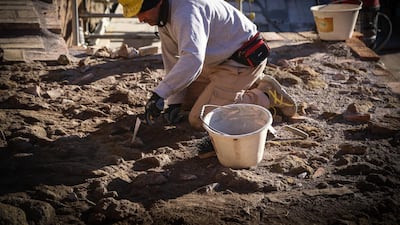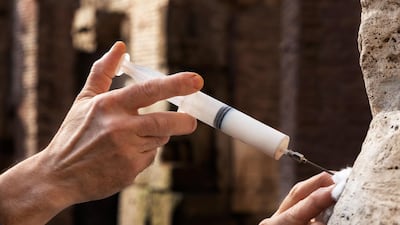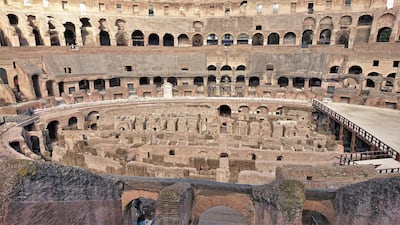Rome’s famed Colosseum reopened today, after an expansive restoration project that has brought new parts of the 2,000-year-old structure to light for the first time.
This is the second phase of a wider $30 million restoration project that started in 2013 and is funded by Italian fashion house Tod’s Group. The initiative began with a restoration of the external facade of the Colosseum, which was completed in 2016.
Phase two was initiated in 2018 and focused on the Colosseum’s hypogea – the underground passages, cages and rooms where prisoners, animals and gladiators waited, or were kept, before they entered the arena above.
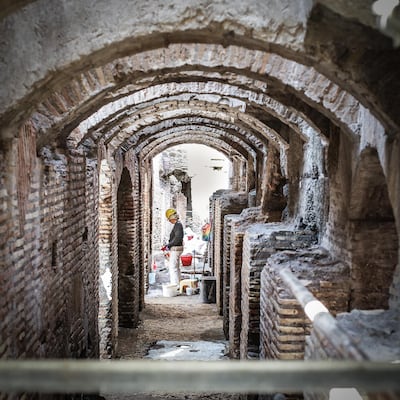
The project involved more than 80 people, including archaeologists, restorers, architects, engineers, surveyors and construction workers, who renovated the 15,000-square-metre space and established a new 160-metre walkway that opens the hypogea up to visitors for the first time. After 781 days of construction and more than 55,000 hours of works, the hypogea, which was invisible to spectators even in the Colosseum’s hey day, is now on show.
The Colosseum, which could once accommodate between 50,000 and 75,000 spectators, was equipped with a series of technological devices that moved men, animals and stage equipment up to the arena. Among the devices dating back to the Flavian age, it is still possible to see where the elevators were housed in the corridors of the hypogea.
"This is about important pieces for Italy, monuments that are well-known all over the world, and tourism, which is not only entertainment but an important business in Italy which, if cared for properly, has no rival anywhere in the world," said Tod's chairman Diego Della Valle.
Della Valle, who also helps fund Milan's La Scala opera house, called on fellow entrepreneurs to "take a monument each, restore it, let’s be quick".
Next on the agenda is the restoration of the galleries of the Colosseum’s “second order”. And, finally, the monument’s visitor centre will be relocated and moved to the outer area of the Colosseum, allowing visitors to access it more comfortably.
In a separate initiative, the Italian government decided to provide the ancient Roman landmark with new hi-tech flooring, which is expected to be in place by 2023.
The biggest amphitheatre in the Roman Empire, the Colosseum welcomed 7.6 million visitors in 2019, as per Statista data.
